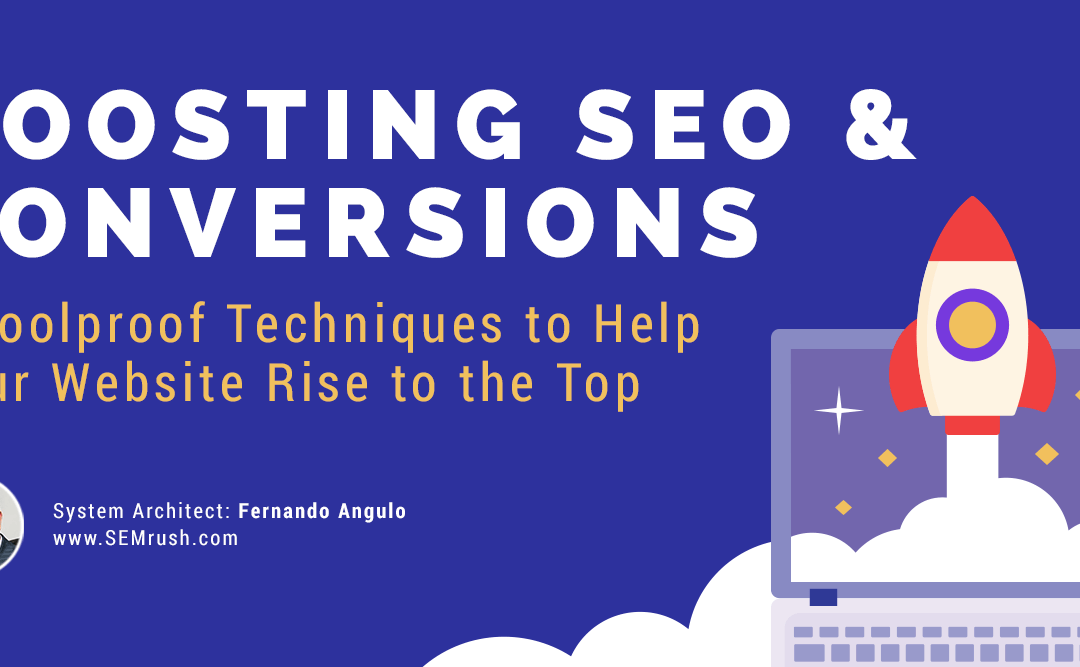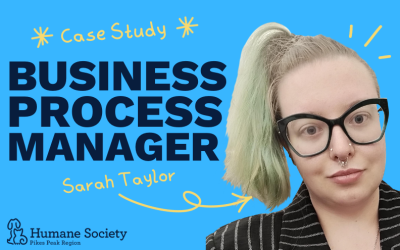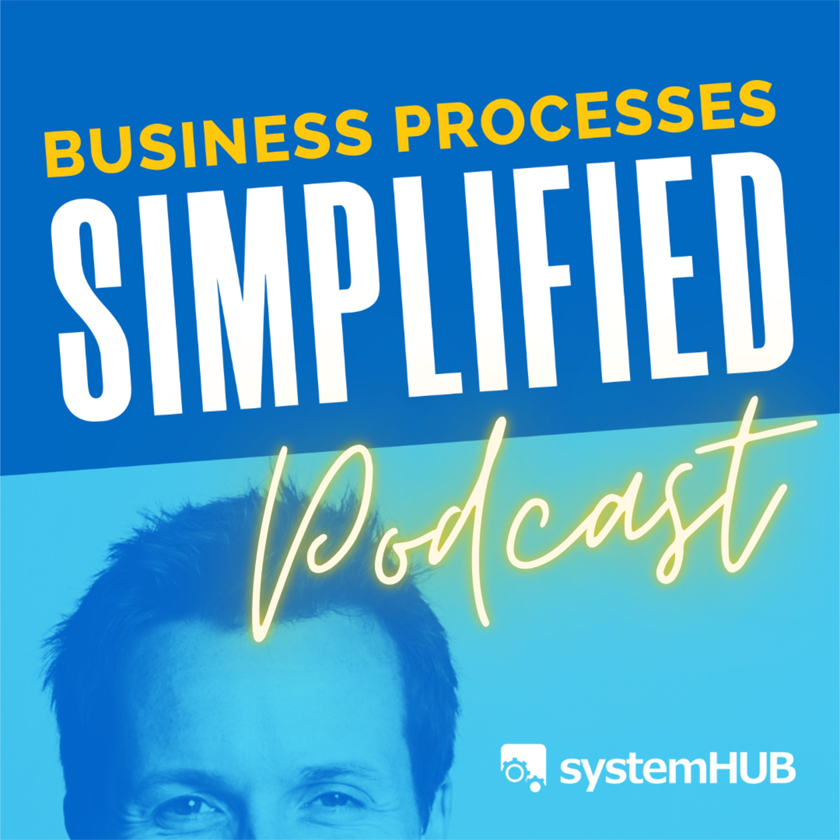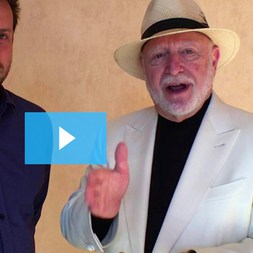System Architect | Fernando Angulo: SEMrush.com
It’s an all too familiar sinking feeling. You’ve invested all your energy into creating the killer website for your business, but now it lays dormant, lost in the depths of the internet sea. You’ve got the magic system, business or product, you know everyone needs it, but now how can you get that website to rise to the surface and be seen?
With so much to remember and consider when creating a website, it’s easy to forget that a business website in essence is:
- a platform for communication and,
- a tool to create and develop the connection between your business and it’s existing and potential customers.
Often when we feel we aren’t being seen or heard, we reach for more words in an attempt to create a stronger message, however, just as in verbal conversation, more talking, more information, does not guarantee you are capturing the audience’s attention. Regularly, our experience is that the difference can be as straightforward as choosing the appropriate words. So how do you ensure that you are not only seen but also heard? How can you make the impersonal personable?
No longer will your website need to gasp for air, drowned out in the waves of information. Our simple system will have you choosing the right words and on track to increase your visibility, conversions and business potential – watch your website rise up and set you apart from the rest.
Here’s how you can boost your SEO & conversions
Step 1: Conduct excellent keyword research
- Start your initial brainstorming by answering the following questions:
- What do people write in the search engine to find you and/or your competition?
- What are the most frequently used keywords?
- What other keywords would you like your clients to find you?
- Use a variety of keyword tools to get real world data on what your target audience is searching for:
- Use Google Keyword Planner.
- Use Google Trends to see the activity of a keyword.
- Use SEMrush to understand the volume and the amount of keywords in your industry.
Step 2: Improve your website loading speed
- The faster your website loads, the better for ranking. Site need to load between 0.5 – 2 seconds to be considered fast.
- Chat with your web developer and ask for suggestions. Often optimising your images for the web is a great place to start. Suggestion! Use tinypng.com.

Step 3: Always use unique content and remove duplicate content
- Never copy or duplicate content on your website – this can harm your rankings.
- Each page must have at least 70% original content. That is, content that does not appear anywhere else on the web.
- Suggestion! Use smallseotools.com/plagiarism-checker/ to check and control your content, especially if you have guest-bloggers.
Step 4: Use more friendly URL
- URL’s should be clean and friendly for users and search engines, containing the main keywords. Some suggestions include:
- Keep URLs shorter than 115 characters.
- Avoid using underscores, as they can be misinterpreted by some bots.
- Avoid using numeric URLs lose SEO value.
Step 5: Improve CTR (click trough rate) by optimizing your snippets
- Snippets are text blocks that are shown after a search query. These should be optimised for the user and contain relevant keywords.
- Page title should be no more than 58 characters
- Friendly, descriptive url containing keywords
- Keep meta description up to 140 characters.
Step 6: Improve and customize your UX (user experience)
- Your main objective should be to keep your customers coming back – keep it interesting and add value for your visitors.
- Where possible, personalise the experience based on what you know about your users.
- Use a heatmap tool like Crazy Egg to find what your users most see.
- Ask your clients what is the most interesting part of your website.
- Use tools like UserTesting.com and Google Analytics.
- Increase your conversions by using CTA (calls to action).
- Give your potential customers easy instructions how to take action (CTA).

Step 7: Test every strategy! Make changes and measure the results
- Conduct a test and draw conclusions before making a new one.
- Use tools like Google Content Experiments and Visual Website Optimizer.
In short, refining your website SEO is much like improving the direct communication with your customers – know your audience and who you are talking to, be friendly, original and interesting, keep it clear and wherever possible short and to the point so that customers not only want to keep talking with you, but more importantly are listening to you. Maximum engagement for maximum click through.
Speaking of clicking, always remember utilising our resources to gain you that extra edge is only one click away too…
System Architect – Fernando Angulo 
Fernando Angulo is the head of international partnerships at SEMrush, an online service that provides competitive intelligence including keyword research paid research and backlink analysis.
Fernando is actively involved in the search-marketing world, and he is a regular speaker at SEO and digital marketing events worldwide. He specialises in B2B search marketing and lead generation programs.
As an integral member of the SEMrush team, Fernando uses his knowledge and experience to define development strategies according to new trends and current market requirements.
Fernando received his Master’s degree in world economics from the University of Saint Petersburg in the Russian Federation.
Website: SEMrush.com











